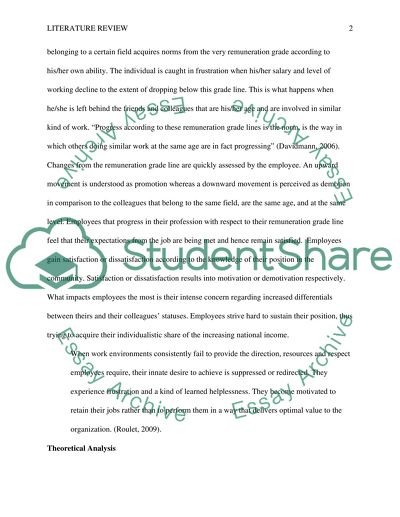Cite this document
(“Motivation (Literature Review) Literature review”, n.d.)
Retrieved de https://studentshare.org/sociology/1390655-motivation-literature-review
Retrieved de https://studentshare.org/sociology/1390655-motivation-literature-review
(Motivation (Literature Review) Literature Review)
https://studentshare.org/sociology/1390655-motivation-literature-review.
https://studentshare.org/sociology/1390655-motivation-literature-review.
“Motivation (Literature Review) Literature Review”, n.d. https://studentshare.org/sociology/1390655-motivation-literature-review.


